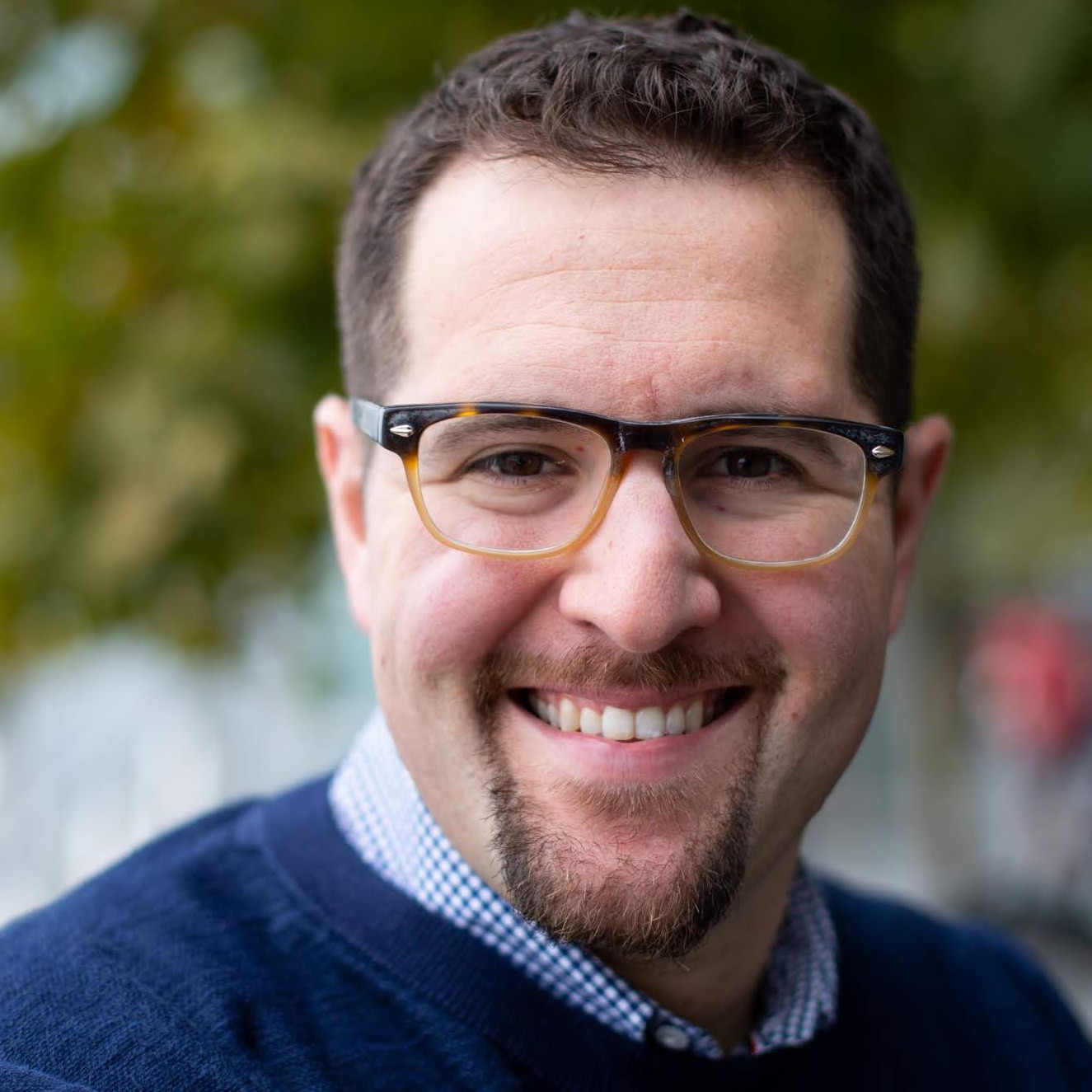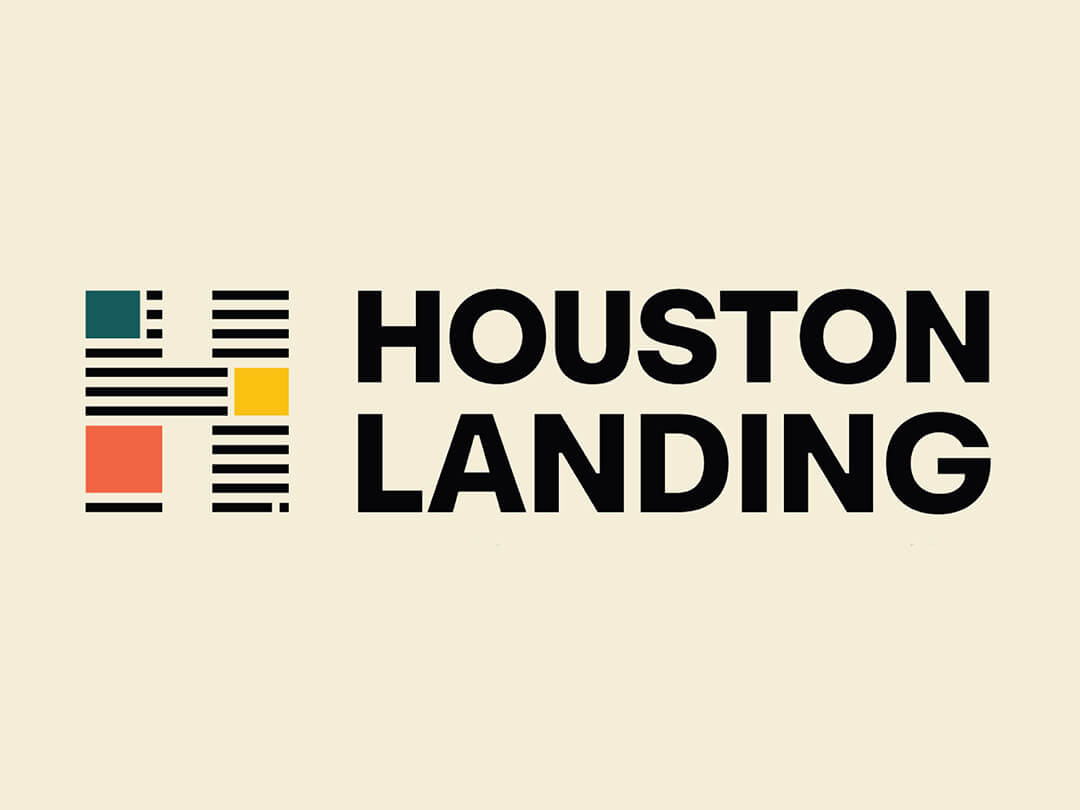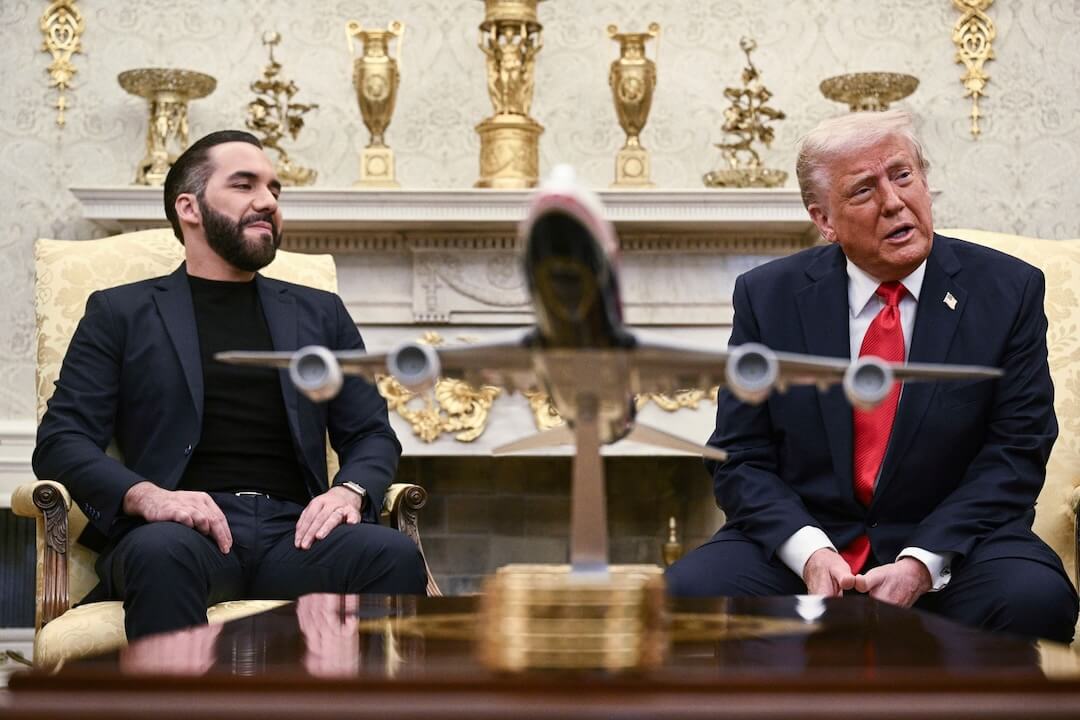Factually is a newsletter about fact-checking and accountability journalism, from Poynter’s International Fact-Checking Network & the American Press Institute’s Accountability Project. Sign up here
Hello from wherever you are!
We’re halfway through (virtual) Global Fact 7, which was initially slated for three days this week in Oslo, Norway. But like all things, COVID-19 changed that. So the world’s fact-checkers are spending five days talking shop and talking about the future from wherever a stable internet connection can be found.
This year’s conference features over 150 speakers in 17 time zones.
So far we’ve had panels looking at fact-checking during the coronavirus crisis, the relationship between fact-checkers and technology companies, as well as the latest research into the most effective methods of fact-checking.
Here are some themes from the conference so far:
COVID-19– The reason we’re all “here”
The conference began with a celebration of the work of fact-checkers fighting misinformation about the COVID-19 crisis. International Fact-Checking Network Director Baybars Örsek interviewed United Nations Under Secretary General For Communications Melissa Fleming who said COVID-19 has taught the world the importance of quality information.
IFCN Associate Director Cristina Tardáguila spoke with members of the CoronaVirusFacts Alliance about lessons learned so far in the pandemic. Project Coordinator Jules Darmanin said the alliance is confronting a greater number of conspiracy theory fact-checks, which are more difficult to debunk.
Fact-Checkers and tech platforms deepen their relationship
Global Fact’s 2020 State of Fact-Checking report released Monday showed more fact-checking organizations all over the world are becoming for-profit organizations. The report’s findings suggest this may be related to more investment from technology companies like Facebook and Google.
At a panel Tuesday, fact-checkers said tech platforms will need to be more transparent about their processes and data if they want this relationship to survive.
Tijana Cvjetićanin, fact-checking and research coordinator at Bosnian fact-checking organization Istinomjer, said this transparency is essential for fact-checkers to maintain their credibility and independence.
First Draft’s Claire Wardle in a later panel added platforms must do more to share data with researchers and fact-checkers, which would help them find more approaches to checking misinformation.
What do the researchers say?
Wednesday’s academic panels focused on trust in media, the presentation of fact-checks and methods to fact-check health misinformation.
Rasmus Kleis Nielsen from the Reuters Institute for the Study of Journalism said there is broad trust in mainstream news organizations, but still a sizable minority of citizens avoiding the news all together.
Full Fact Researcher Dora-Olivia Vicol said conspiratorial thinking stems more from an individual’s worldview than a lack of access to accurate information, and that much more research is needed to understand this distrust.
– Harrison Mantas, IFCN
[the_ad id=”667826″]

. . . technology
- Google is adding fact-checks to image search results, the company announced this week.
- “Now, when you search on Google Images, you may see a ‘Fact Check’ label under the thumbnail image results,” wrote Harris Cohen, the company’s search product manager. “When you tap one of these results to view the image in a larger format, you’ll see a summary of the fact check that appears on the underlying web page.”
- Twitter added a label to another post by President Donald Trump this week, saying it violated its policy against abusive behavior. In the tweet, Trump threatened “serious force” against any protesters who might try to set up an “autonomous zone” in Washington.
. . . politics
- ProPublica’s Eric Umansky has an excellent rundown this week of how federal agencies have adapted their policies to align with misinformation coming from President Trump.
- No, Rep. Alexandria Ocasio-Cortez (D-N.Y.) did not tweet that businesses should be kept closed until after the 2020 presidential election. Here’s the fact check from Snopes.
- This is another case of a faked screenshot.
. . . science and health
- Misinformation about COVID-19 across Africa is complicating efforts by the health care systems to get a handle on the virus, Quartz reported. More than 277,000 cases have now been recorded across the continent, where health systems as well as front-line medical workers are already stretched thin.
- Yomi Kazeem reported broadcasts on WhatsApp about fake cures and remedies were reminiscent of the 2014 Ebola outbreak, when two people died and several were hospitalized in Nigeria after “cures” involving salt baths circulated on social media.
[the_ad id=”667872″]

President Trump has said several times that violence at anti-police protests across the United States is the work of antifa, the anti-fascist, leftist activists who confront neo-Nazis at demonstrations. The Washington Post this week wrapped his statements up into one multi-faceted fact-check to show that there is little evidence for his claims.
The Post has made fact-checking Trump’s falsehoods into something of a specialty, and in fact has published a whole book about them. Debunking the antifa claims, however, was challenging. It required looking at arrest records in various cities, speaking to eyewitnesses, reviewing videos and photos from the scenes and talking to expert witnesses about the degree of coordinated antifa activity they were seeing in the violence.
In the end, reporters Meg Kelly and Elyse Samuels concluded, Trump provided no support for the antifa claim, and much of the evidence they found actually contradicted his assertion.
What we liked: The work that went into this fact-check matched the high stakes of the conclusion. In a complex situation like the protests, it might be tempting for people to believe the easy answer that one group is responsible for violence. This fact-check was worth the effort to show the hollowness of the antifa claim. The package also showcases The Post Fact-Checker’s emphasis on video.
– Susan Benkelman, API
[the_ad id=”667878″]

- The New York Times traced how false messages about antifa spread across the United States to create a perception of a “threat that never appeared.”
- Trump’s supporters have been sharing a photo of a large outdoor crowd, saying that it was from the president’s rally in Tulsa on June 20. It’s actually a photo of a “Rolling Thunder” event in 2019, wrote FactCheck.org.
- TikTok has signed onto the European Union’s Code of Practice on disinformation. TechCrunch has a good plain-language description of what it means to agree to the code.
- NPR interviewed disinformation researcher Nina Jankowicz about her recent argument in Wired magazine that Facebook groups are “destroying America.”
- The outdoor retailer REI has joined The North Face, Upwork and Patagonia in pulling ads from Facebook, saying it has not done enough to rein in misinformation and hate speech on the platform.
That’s it for this week! Feel free to send feedback and suggestions to factually@poynter.org. And if this newsletter was forwarded to you, or if you’re reading it on the web, you can subscribe here. Thanks for reading.








Can we trust fact checkers? Take a look at what the Washington Post fact checkers did in their fact check looking at whether antifa contributes to violence at Black Lives Matter protests.
The Post fact checkers report on an FBI intelligence bulletin:
**An intelligence bulletin issued by the FBI, the Department of Homeland Security and the National Counterterrorism Center that was obtained by ABC News warned that “anarchist extremists continue to pose the most significant threat of targeted assaults against police.” The bulletin, which was distributed to police departments nationwide, mentions antifa only in a footnote differentiating those who self-identify with the group from anarchists.**
The Post links to the ABC News report. Apparently linkimg directly to the FBI document was impossible. But here’s the problem: ABC News did not report the footnote the way the post reported it:
**While experts previously told ABC News that the ideology of some antifa adherents includes anarchism — along with socialism and communism — mention of the movement itself in the bulletin is relegated to a footnote. It says, “Some anarchist extremists self-identify as ‘Antifa,’ a moniker for anti-fascist that is also used by non-violent adherents. Identifying with ‘Antifa’ or using the term without engaging in violent extremism may also be constitutionally protected.”**
Noting that some anarchist extremists call identify as “antifa” does not differentiate those anarchist extremists from antifa. And given that the Post insists there is no organized antifa as such (“It is a decentralized network of activists who don’t coordinate”), how can anyone justify excluding those anarchist extremists from the group? It’s quite the trick for fact checkers to find the FBI document distinguishes between anarchist extremists identifying as “antifa” and the real “antifa.”
It’s probably more accurate to say the “Fact Check of the Week” reported inaccurately.